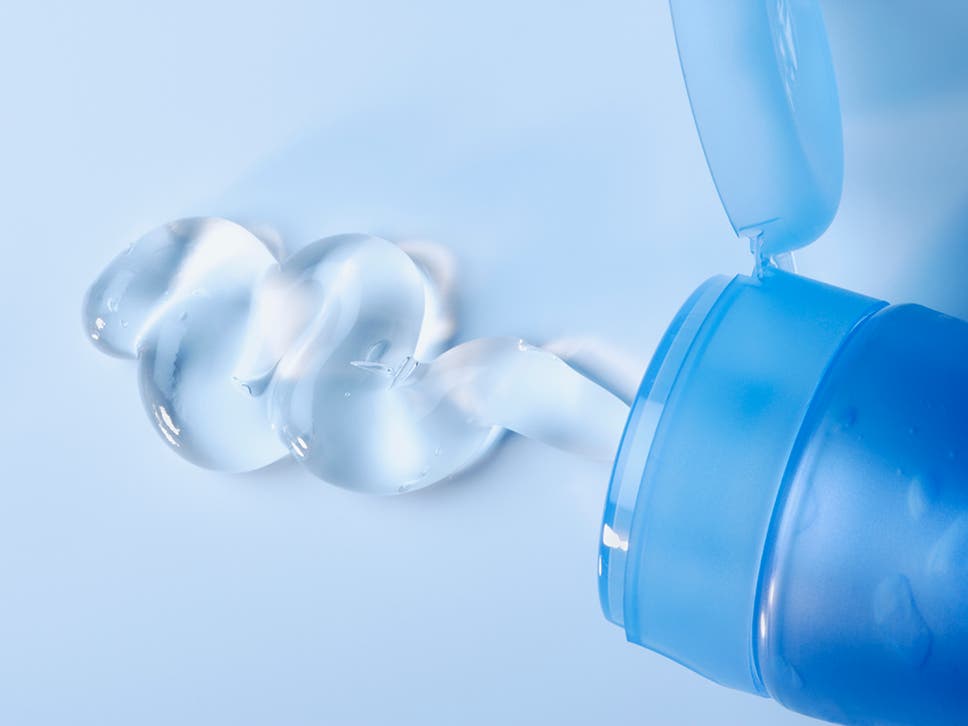There are four main types of lubricant on the market that can help with dryness and potentially pain during intercouse, with each having pros and cons.
1. Water Based
Pros
- Can feel more natural
- Can be used with sex toys
Cons
- Dries out quickly due to being absorbed by your tissue or evaporating
- Usually contains the most preservatives and, therefore, is the most irritating for sensitive skin or immunocompromised systems.
2. Oil Based
Pros
- Improves the elasticity of more sensitive or thinning skin
- Not as long-lasting as silicone based, but longer than water based
- Can be used with non-toxic sex toy materials
- 100% organic
Cons
- Cannot be used with latex or polyisoprene materials (i.e. condoms)
- Not recommended for people who struggle with chronic and/or recurring bacterial vaginosis, UTI’s, or yeast overgrowth because it does tend to take longer to rid itself from your body.
3. Silicone Based
Pros
- Doesn’t need preservatives, doesn’t soak into the skin and therefore is hypoallergenic.
- The longest lasting lubricant on the market
- Safe to use with condoms
- Good for daily moisture
Cons
- Cannot be used with silicone sex toys
4. Hybrid (Silicone and Water)
Pros
- Not hypoallergenic, but also less likely to cause irritation
- Not as long-lasting as silicone based, but longer than water based
- Can be used with sex toys and condoms
Cons
- Newest type of lubricant and therefore less information is available
Vaginal pH and the vaginal microbiome are two factors to be aware of when considering the response your body may have to a lubricant. pH is a measurement of acidity or basicity ranging from 0-14. The closer something is to “0,” the more acidic it is; the closer something is to “14,” the more basic it is. The vaginal microbiome is the makeup of good bacteria within our vaginal tissues to defend against pathogens.
We need to be careful about which lubricant
we are using as to not disrupt our vaginal or
anal pH and vaginal microbiome.
Vaginal pH is directly correlated with the vaginal microbiome, as they both defend the transmission of pathogens and assist in maintaining a healthy balance of bacteria and yeast. Our vaginal pH usually stays more acidic, ranging between 3.5-5.5, however it can fluctuate with our menstrual cycles, estrogen and progesterone levels, and menopause and reach levels closer to 6-7. Although it’s a natural process, we can become more susceptible to bacterial vaginosis (BV), UTI’s, yeast overgrowth, or pathogens. If estrogen levels are lower and our pH has moved to the 6-7 range, acidic lubricants can cause burning and stinging.
Our anal pH is also important when discussing lubricants. It resides more consistently at the 6-7 range, working to protect mucous membranes from absorbing anything harmful, as well as serving as a buffer between the body and fecal matter. Most lubricants have a pH around 4-5, and when used rectally can cause stinging and irritation especially if you have lesions, sores, or openings in the rectal mucous membranes.
The general rule of thumb is to find a lubricant that best matches your pH – whether that’s vaginally or anally. Silicone and plant oil based lubricants don’t have pH values and tend to be the safest, however the following list will give you an idea of what ingredients to avoid when choosing a lubricant:
- Glycerine: linked with yeast overgrowth and increases osmolality
- Propylene Glycol: linked with BV and also can create an allergic reaction the more you’re exposed to it
- Nonoxynol 9 & Chlorhexidine Gluconate: kill microbes and healthy bacteria, creating more susceptibility to stinging, burning, and STI pathogen transmission
- Petroleum Oils: take longer for your body to get rid of it, creating a breeding ground for bacteria
- Polyquaternium 15: produces an environment conducive for STI, HIV, and viral transmissions
- Benzocaine: this ingredient is to be avoided for long-term use. While its numbing properties can make intercourse tolerable, it can ultimately lead to increased or chronic pain. Use responsibly.
- Sugars: any lubricants with glucose, honey, maltodextrin, or flavor can feed yeast and therefore throw-off your vaginal microbiome.


